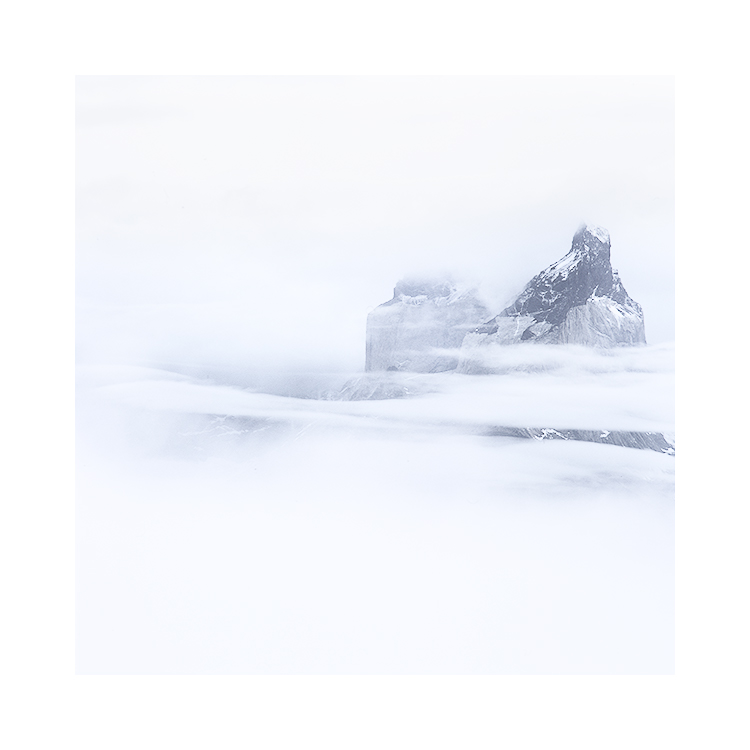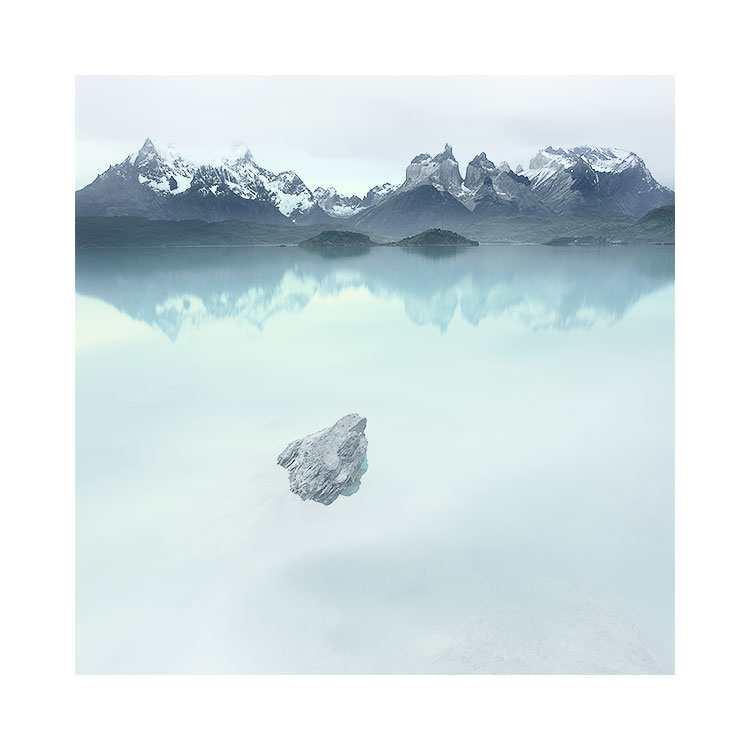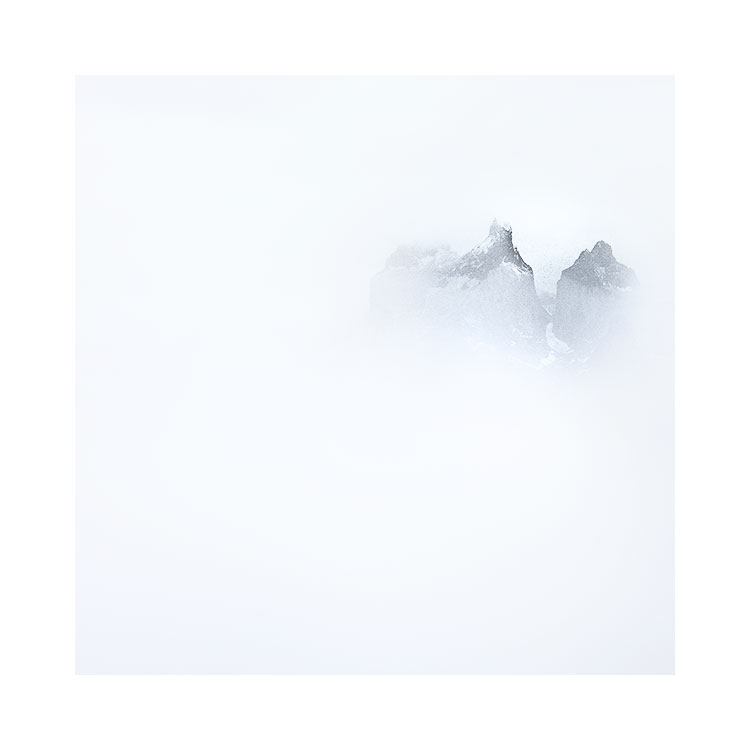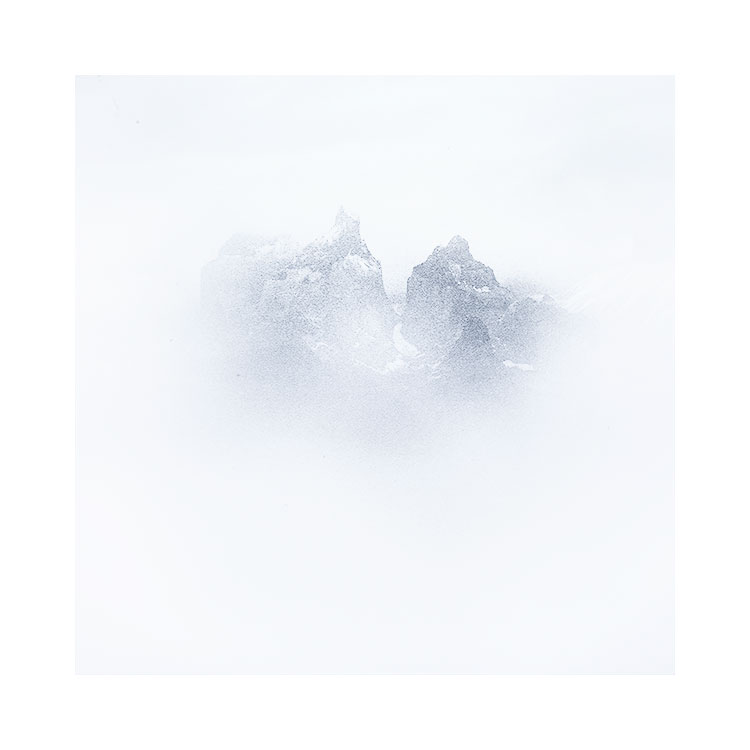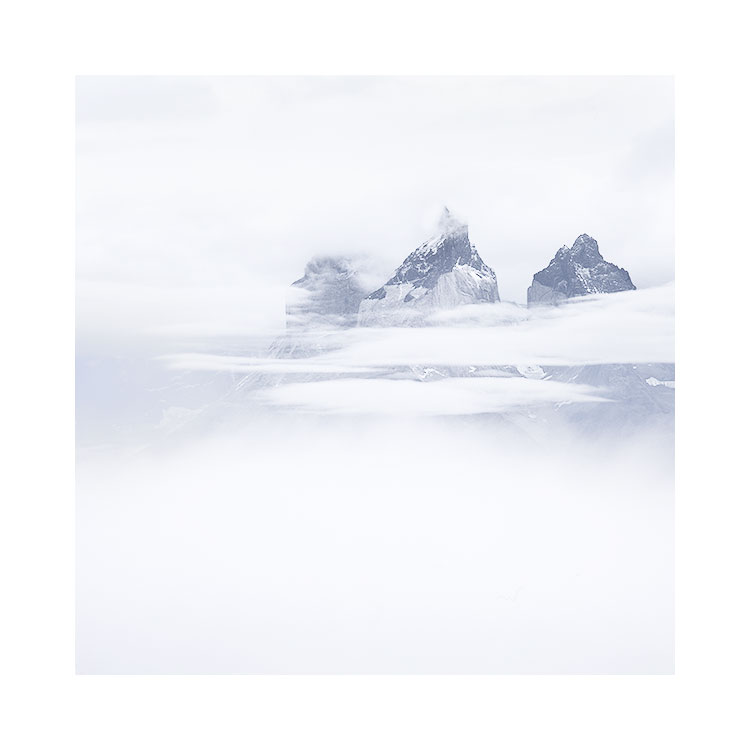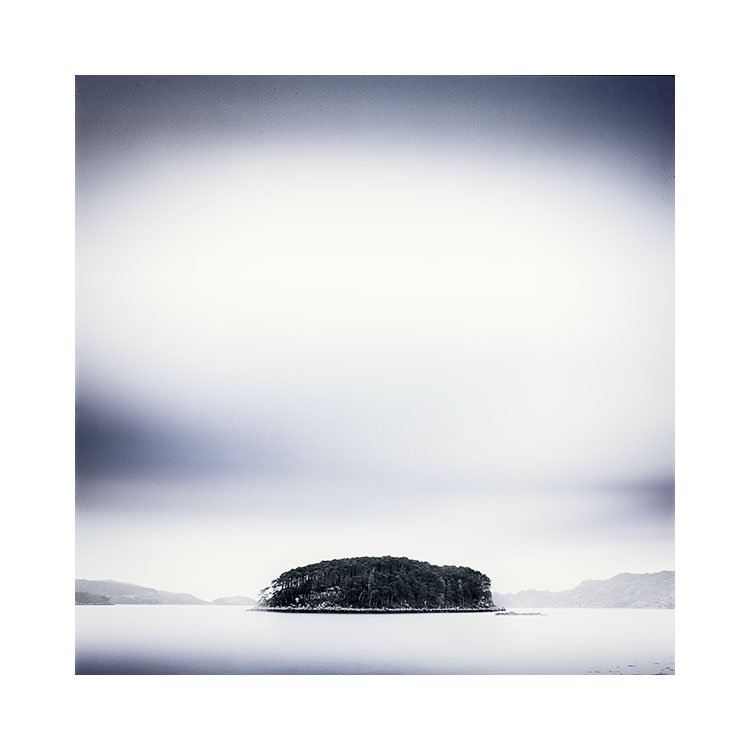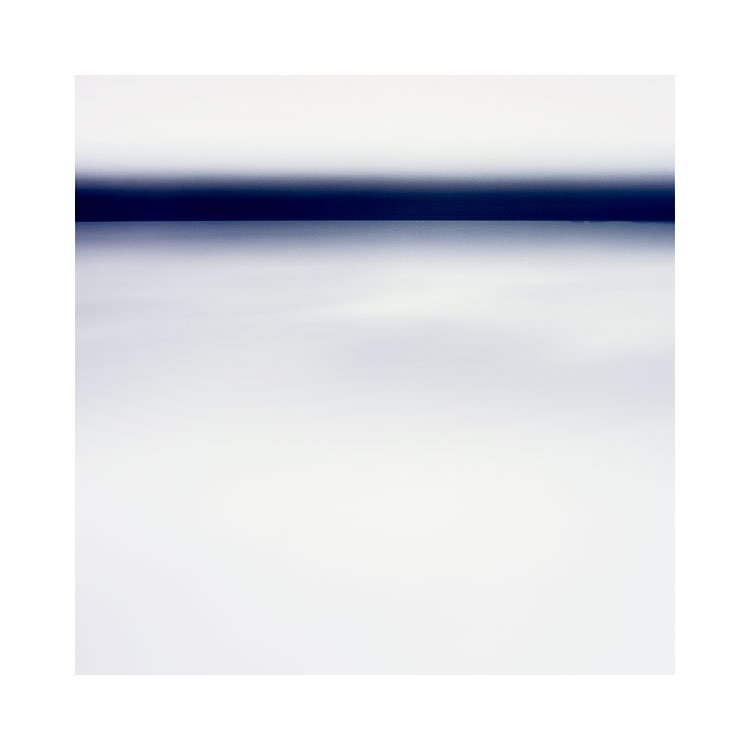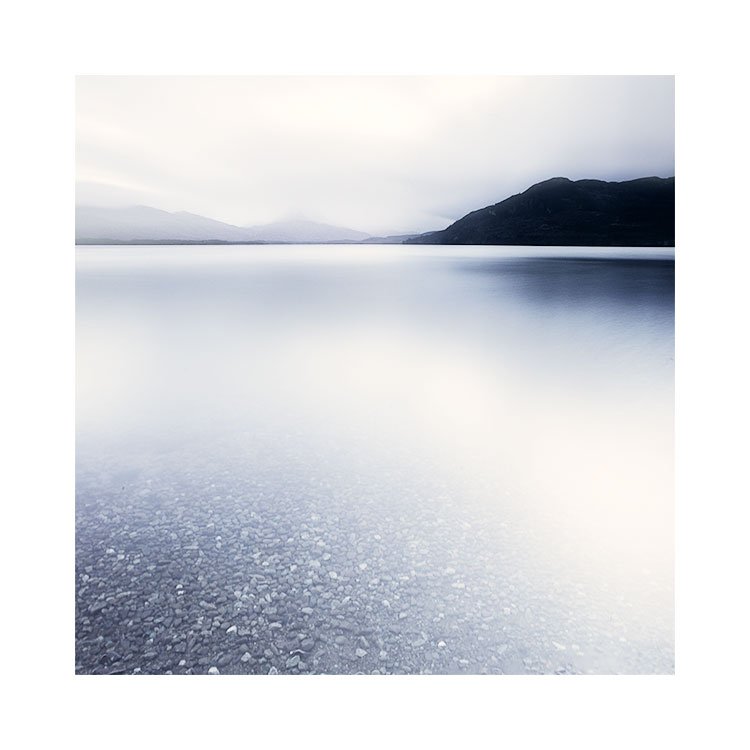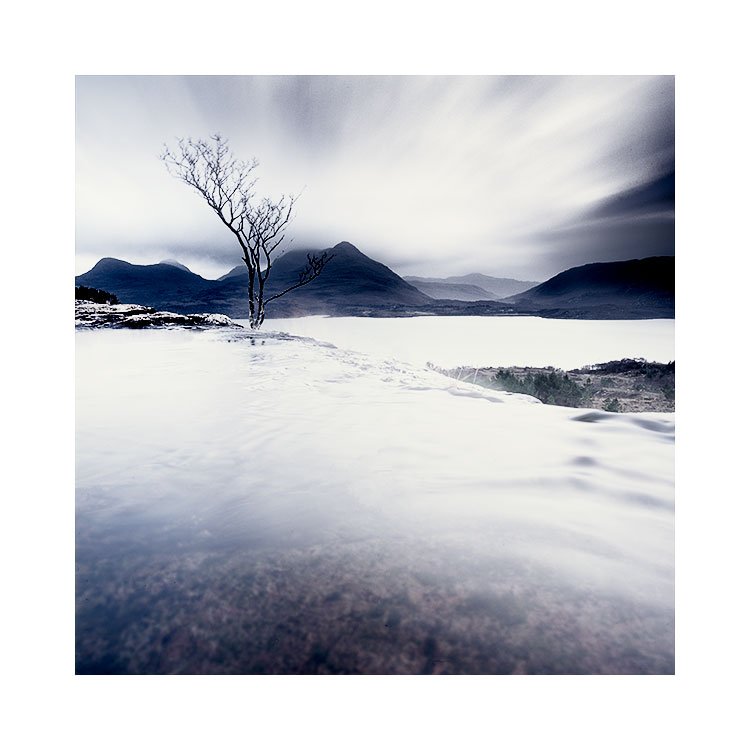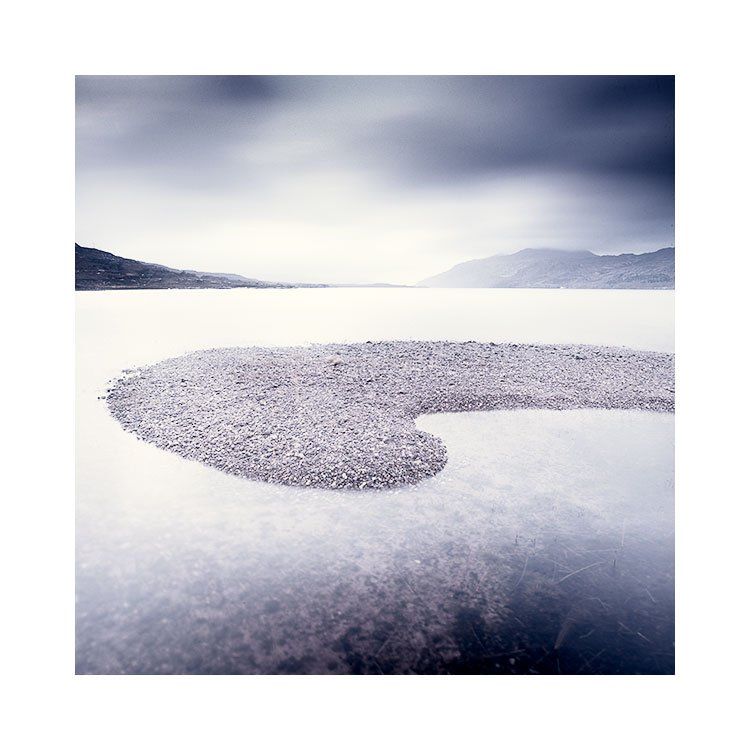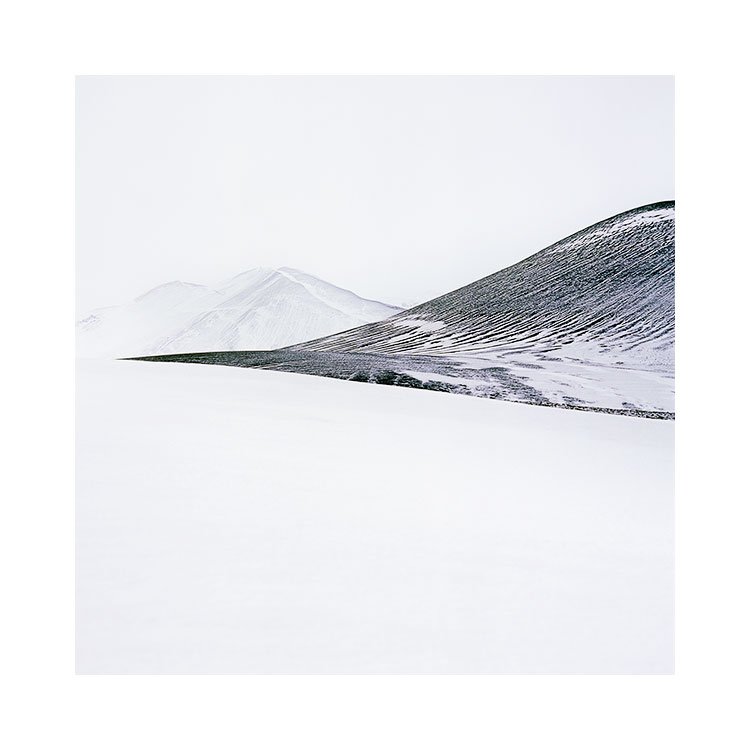I arrived back in Salta last night. It is very nice to be back here, for a number of reasons. The one that seems to be resonating with me loudly today is ‘because I was starting to think I would never be able to come back’.
My guide Pancho sent me a few photographs from my times with him. It appears that I have been going to the Puna since 2015. That is seven years!
It still feels very much to me like a recent discovery. My relationship with the Bolivian altiplano is much older, beginning in March 2009.
All I can say is that I’m so glad to be here. I’m so excited about being here, and I feel that the slumber I’ve been in, the depressive spell of uncertainty, and the general lack of interest that I’ve been suffering for two years (you too huh? If you are finding this resonates, you are not alone), is shaking off. It’s going.
If you’re worried about travelling, I understand. I had anxiety about it this past few weeks. I couldn’t help think that something would happen. Either I’d be omitted entry for some reason, or I’d get ill. Well I just feel that life is for living, and living means having to accept that there is risk in everything we do. Nothing ventured, then nothing is gained.
So tomorrow I will be back in Los Colorados. That is the red clay landscape you see in the photo above (my guide Pancho took this of me). I’m now hatching plans for other trips. I hope you are too.
A note about the photo above: This is an unusually difficult place to photograph. The red clay hills you see here are really much smaller than you might think. Maybe around 30 to 40 feet high. But they are quite difficult to walk up as the earth is a soft clay. You begin to slide as you try to get up the slopes. We found one ‘entry point’ where we were able to get up onto this ledge. The main issue for me with this landscape is that you need contrasts to show the contours, so shooting in soft light doesn’t work. It has to be hard light. Or sunset. And you can see that I’ve made this shot just as the landscape in the foreground has gone into shadow, and the sun is ‘kissing’ the background hills for a fleeting moment before they too, are cast into shadow. It’s fleeting, which means you can’t move around much. You have to choose a spot, and hope you got it right.


















